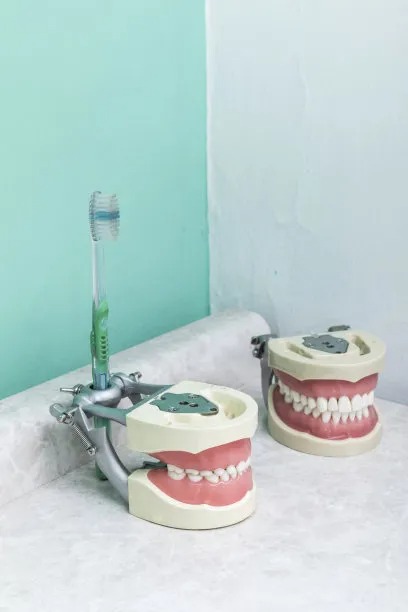Essential Guidelines You Should Follow for Safe and Effective Dental Filling Procedures
Summary: Dental fillings are a common solution for repairing cavities and tooth damage. Understanding the essential guidelines for safe and effective filling procedures can greatly enhance patient comfort and outcomes. This article outlines four key aspects: choosing the right materials, ensuring proper preparation and hygiene, focusing on effective aftercare, and recognizing when to seek further dental advice. By adhering to these guidelines, patients can minimize risks and optimize the longevity and functionality of their dental fillings.
1. Choosing the Right Filling Materials

The first step in ensuring safe and effective dental filling procedures is selecting appropriate materials. Dental fillings come in various types including amalgam, composite resins, porcelain, and glass ionomer. Each material has its advantages and drawbacks, primarily based on the specific dental situation, aesthetic preferences, and budget considerations. Discussing these options with your dentist is crucial.
Amalgam fillings, made from a combination of metals, are highly durable and usually less costly, making them suitable for posterior teeth. However, they are not aesthetically pleasing. On the other hand, composite resins offer a more natural look, but they may not be as durable as amalgam. It is important to weigh these factors during your consultation.
Furthermore, new developments in dental materials have led to the rise of bioactive materials that promote healing. Consult your dentist to see if these innovative options are appropriate for your dental needs.
2. Ensuring Proper Preparation and Hygiene
The second essential guideline focuses on the preparation and hygiene protocols before, during, and after the dental filling procedure. Proper hygiene is vital to prevent infections and ensure the longevity of the filling. Before the procedure, dentists should clean and dry the area around the tooth to be filled meticulously.
During the procedure, the dentist will isolate the affected tooth, often using a rubber dam to keep it dry and free from saliva. This practice minimizes the risk of contamination and helps the filling material to adhere properly. An unclean environment can lead to complications, so always confirm that your dental professional is adhering to these hygiene protocols.
After completing the filling, your dentist should provide you with clear guidelines for maintaining oral hygiene, which includes avoiding certain foods and ensuring proper brushing techniques to keep the filled area clean. Proper care in this phase significantly affects the fillings longevity.
3. Focusing on Effective Aftercare
Aftercare is another crucial aspect of ensuring the effectiveness and safety of dental filling procedures. Once the filling is placed, it’s essential to follow your dentist’s instructions for aftercare to promote healing and minimize discomfort. This may include avoiding hard or sticky foods for a period of time, as these could dislodge or damage the newly placed filling.
Additionally, monitoring for any signs of discomfort or sensitivity in the days following the procedure is important. Sensitivity to hot or cold, or pain that persists, may indicate that the filling isn’t properly set, or there may be underlying issues that need addressing.
Regular follow-up appointments are also beneficial in ensuring that the filling remains intact and functional. These sessions allow your dentist to check on the state of your dental fillings and make any necessary adjustments or repairs.
4. Recognizing When to Seek Further Dental Advice
The final guideline involves knowing when to contact your dentist for additional advice or treatment. If any unusual symptoms occur post-filling, such as persistent pain, swelling, or discoloration, it’s crucial to seek professional advice immediately. These may be signs of an infection or complications related to the filling.
Additionally, if you notice any changes in the way your bite feels or if the filling appears to be wearing away, this warrants further examination. Your dentist can assess whether a replacement filling or an alternative procedure might be necessary.
Being proactive about your dental health is key. Dont hesitate to contact your dentist with any concerns; they can provide reassurance and solutions to maintain optimal oral health.
Summary: In conclusion, adhering to essential guidelines for dental filling procedures can significantly enhance patient safety and effectiveness. From selecting the right materials to ensuring proper hygiene, following aftercare instructions, and recognizing when to seek further assistance, each step is critical for achieving the best possible outcomes.
Always prioritize communication with your dental professional to address any concerns and make informed decisions about your oral health.
This article is compiled by Vickong Dental and the content is for reference only.



